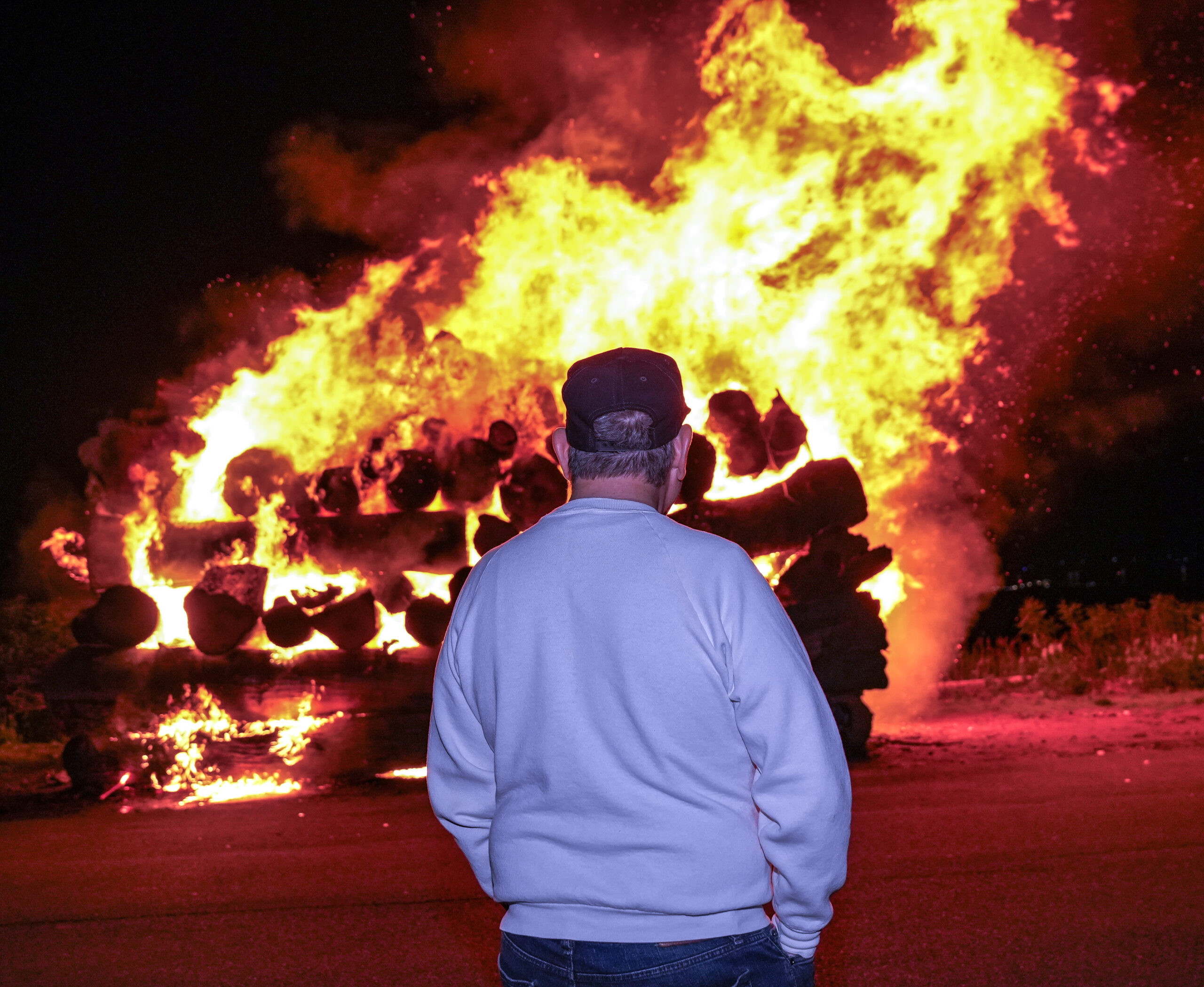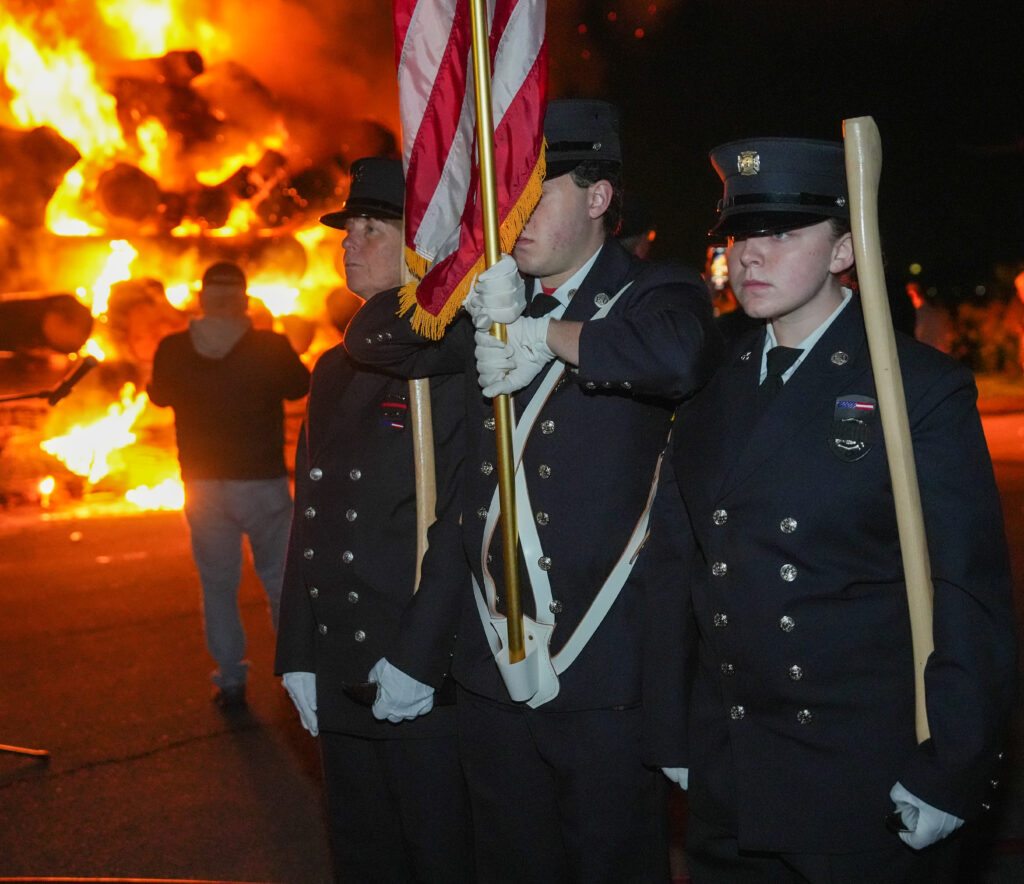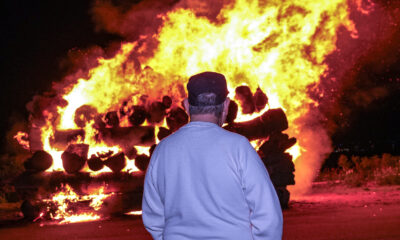Events
Free COVID-19 Testing Available In Spring Valley
-

 Events1 week ago
Events1 week agoRockland County Honors Vietnam Veterans with Annual Watchfires
-

 Events1 week ago
Events1 week agoSuffern Police Join Community for Village Carnival Fun May 29th – June 1st
-

 Government1 week ago
Government1 week agoSenator Bill Weber Honors the Late Clarkstown Councilman Mark Woods Jr. with Induction into the New York State Senate Veterans Hall of Fame
-

 Government1 week ago
Government1 week agoCreating a More Inclusive Rockland – One Business at a Time By Rockland County Executive Ed Day



















